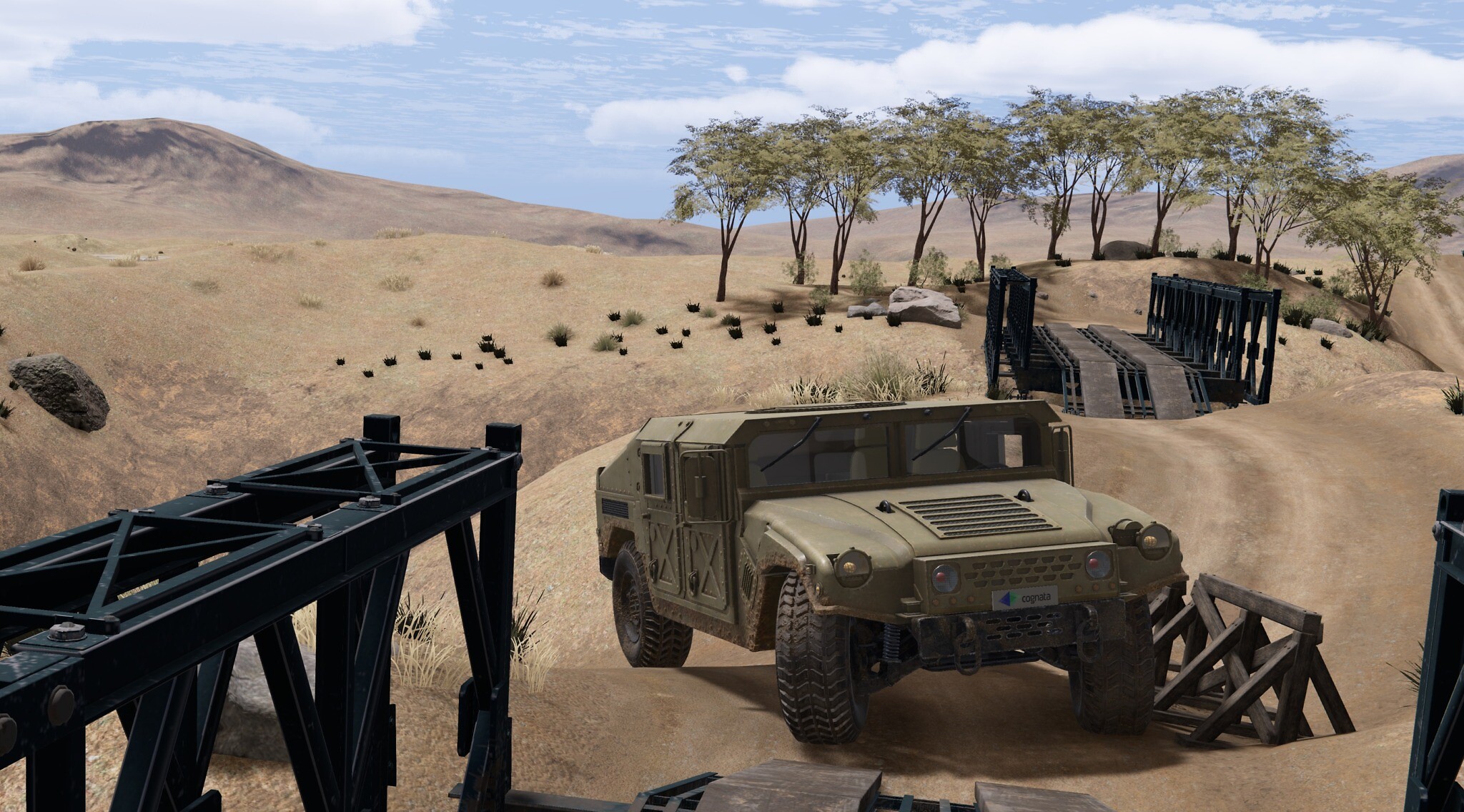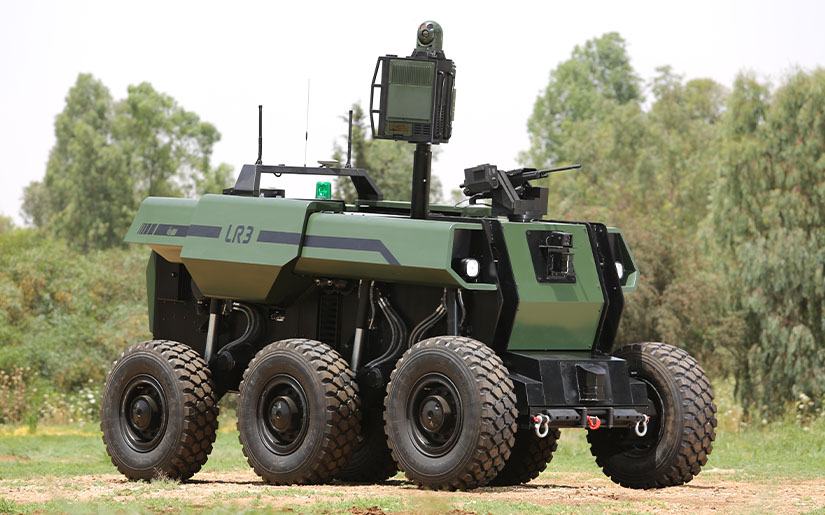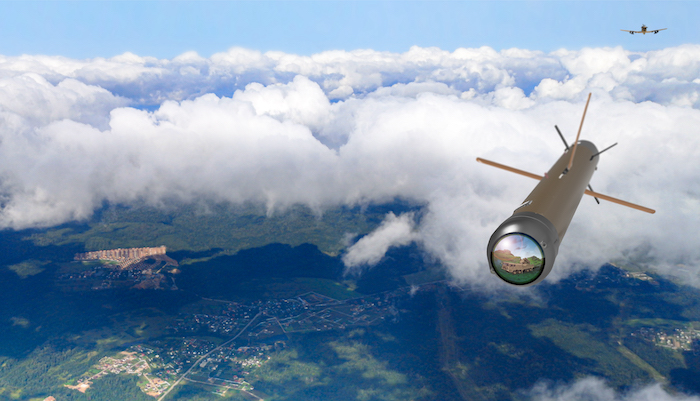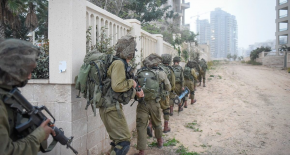New Israeli company, Cognata, has created and now markets a virtual environment that simulates all types and forms of harsh environments an autonomous platform will have to drive through.
Cognata to work with military to test and train autonomous vehicles in all-terrain conditions under simulated reality to meet army's tech needs

www.timesofisrael.com
A little explainer:
Autonomous platforms require some form of AI to gain today's desired levels of autonomy.
One of the dominant forms of AI, and the one relevant in this subject, is Machine Learning (ML).
The logical process for ML is very simple - you train the machine to respond to certain input by telling it when it classified something correctly or incorrectly, and the more you do it the more reliable the machine becomes.
Training a machine, however, to be reliable enough in even the most basic scenarios, may take not tens or hundreds of trials, but tens of thousands, hundreds of thousands, millions sometimes. Mathematically, it strives to infinity.
For an autonomous vehicle that has a finite capacity of fuel, a finite budget for fuel, and has its own downtimes, plus the actual time for going through a test track, making millions of iterations in a large array of tracks is simply impossible.
Companies that make UGVs do have the tools to test them in a virtual environment of some sort. But a comprehensive tool now being launched into the market is an important milestone for the western drive (a pun) for UGVs.








